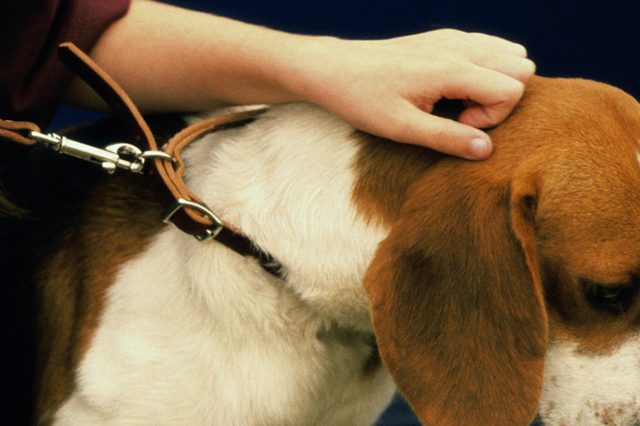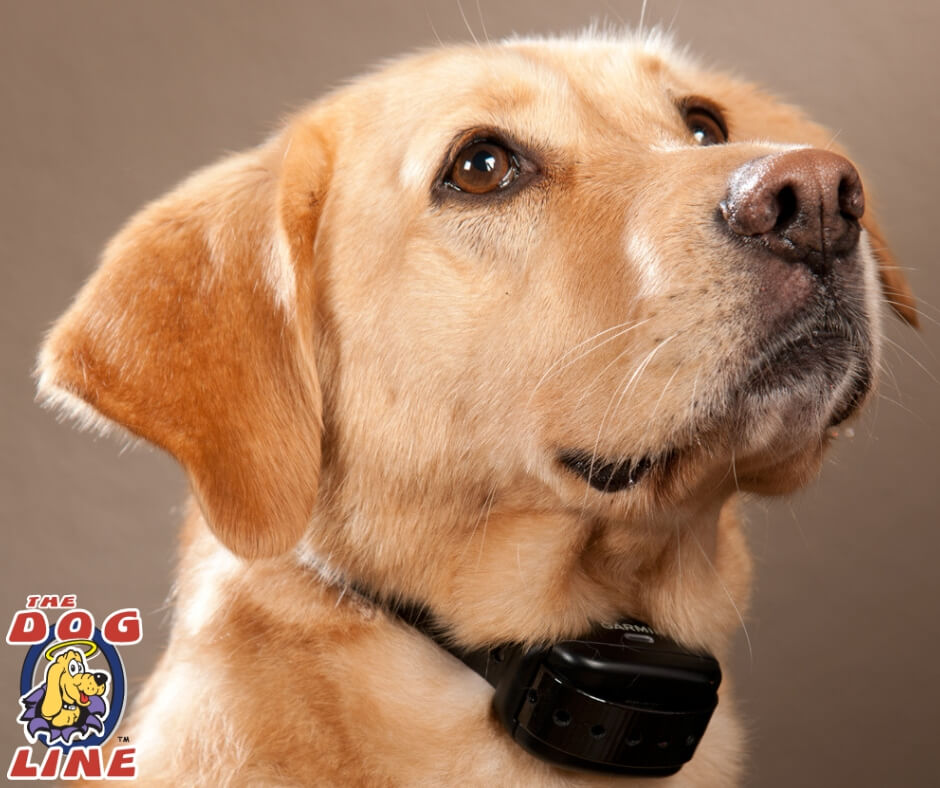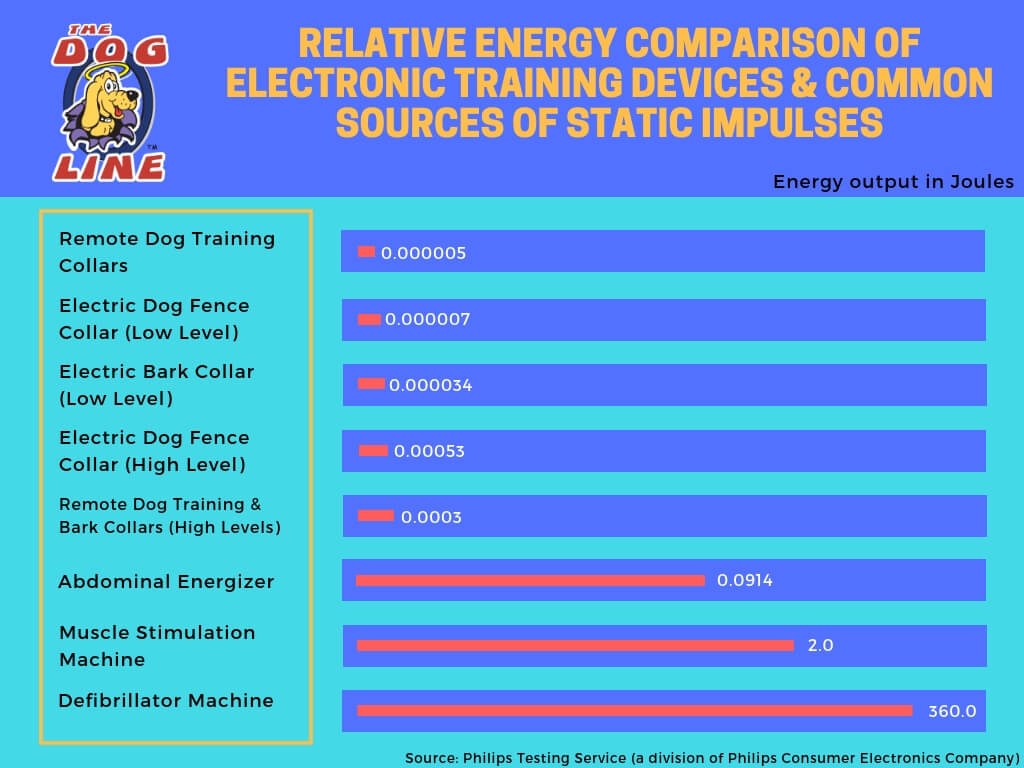SAME DAY SHIPPING!
Hurry offer expires in
Will the correction hurt my dog?
Combined with the adjustable levels of the receiver and effective training, the dog should rarely experience static stimulation at an uncomfortable level. See ‘How does it feel?’
Keeping the dog will have plenty of warning with the audible warning tone prior to receiving a static stimulation if it proceeds further.
FREE Buyer's Guide
Simply complete the form below and we'll send your our info pack - How do they work and 7 points to consider when buying a Dog Fence
How to Avoid Pressure Necrosis and Sores on a dog's skin?
The sores (or as some people call them 'burns on my dog's neck') are known as Pressure Sores also known as pressure necrosis. These can be the result of a few things... Collar fitting errors, dogs with a collar that are left unchecked (General Hygiene) and can also be caused by an allergy to the metal used in the probes that touch the dog's skin, (this is rare).
However, metal probes with a high level of Nickel can create a reaction or allergy that has always been there. (The solution here would be to request to swap the probes over to a different type of metal or a better quality metal probe)
Will a Dog Fence Collar Burn my Dog's skin?
In my opinion, the answer is a resounding NO... (in a traditional sense of the term 'Burn'). Here is a definition of the term 'Burn' as set out on 'Wiki' and 'Better health Victoria (.gov.au)' "Burns can be caused by flames, ultraviolet (UV) radiation, hot liquids, electricity, lightning and certain chemicals."
Electronic Dog Fence Collar; do not produce 'heat' nor do they produce Electricity - If you would argue that the correction from a dog fence collar is electricity - then you should see the electric dog collar comparison chart below to show how much 'Electricity' a 'Dog Shock Collar' produces - it actually produces 'Static' not High Amperage Based Electricity. The 'Static Correction' is localised between the probes - Similar to a TENS machine used by a physiotherapist.
So, how can you avoid pressure necrosis or burns on your dog’s neck?
-
Fit the dog fence collar to your dog correctly ... read more
-
Hygiene - Check the dog collar and your dog's neck for possible irritations.

Therefore I have found that a dog fence collar will not 'Burn' a dogs skin. In fact, an electric collar does not have the electrical capacity to burn a dog’s skin in the correct definition of the word 'Burn' as set out above. They do produce heat. A TENS machine fitted to a patient does not create heat or Burn... If any item is left on any animals skin or human skin that was irritating it or causing excess pressure it would cause an issue such as 'necrosis' which can get infected.
This graph explains how the electrical output of an electric dog fence collar that is only 0.000007 in joules is relevantly lower than the common sources of static impulses that we humans get.
Remember, in cases of electrical burns, humans are more likely to get burned than dogs because we have oily and thin skin compared to the fur, thick and dry skin that our dogs have.
This only shows that a good quality bark collar cannot burn a dog’s neck… It’s the wrong use and lack of good hygiene that causes this pressure necrosis or sores on your dog’s neck.
Related article: 5 Ways to Avoid Sores (Burns) On Your Dog's Neck | Electric Dog Collars
Avoid Pressure Necrosis or burns on your dog’s neck by fitting the dog fence collar to your dog properly - not too tight and not too loose
-
Before fitting the collar, make sure it’s turned off
-
As you are fitting the collar, let your dog stand - DO NOT fit the collar while your dog is in a sitting position - your dog’s neck is relatively thinner while sitting down
-
Aim for a snug fit - insert your thumb between the collar strap and your dog’s neck
-
Make sure that the three probes or contact points are touching your dog’s neck just enough
-
Leave the collar on your dog for a few minutes as he/she gets comfortable with it
-
Check the collar again - aim for a snug or comfortable fit
-
Test the collar - turn it on
Clean your dog’s neck and the dog fence collar regularly to avoid skin sores
 As we all agree, good hygiene is vital in taking care of the skin.
As we all agree, good hygiene is vital in taking care of the skin.
It’s also true with our dogs - as they wear any type of e-collars, their neck should be regularly cleaned to maintain healthy skin.
Make it a habit to clean the dog fence collar strap as well, especially the contact points - those small prongs that touch your dog’s neck or you can wash the dog's neck and the contact points weekly with a damp cloth.
Keeping the Collar on your dog all day causes Pressure Necrosis
 It has been found that if you put any type of e-collar on your dog for too long also causes skin irritations.
It has been found that if you put any type of e-collar on your dog for too long also causes skin irritations.
So, please avoid leaving the collar on the dog for more than 12 hours per day and when possible, re-position the collar on the pet's neck every 1 to 2 hours.
Then, check the fit to prevent excessive pressure.
Always remember to never connect a lead to the dog fence collar because it may cause extra pressure on the contacts.
Key points to remember when letting your dog wear a dog fence collar - avoid skin burns
-
Avoid leaving the collar on the dog for more than 12 hours per day.
-
When possible reposition the collar on the pet's neck every 1 to 2 hours.
-
Check the fit to prevent excessive pressure.
-
Never connect a lead to the collar because it may cause extra pressure on the contacts.
-
Clean the dog's neck and the contact points weekly with a damp cloth.
-
Examine the dog's neck where the contact points meet and check for signs of a rash or a sore.
-
If a rash or sore is found, discontinue use of the collar until the skin is healed.
-
If the condition persists beyond 48 hours, see your local veterinarian.
 The Dogline
The Dogline




















